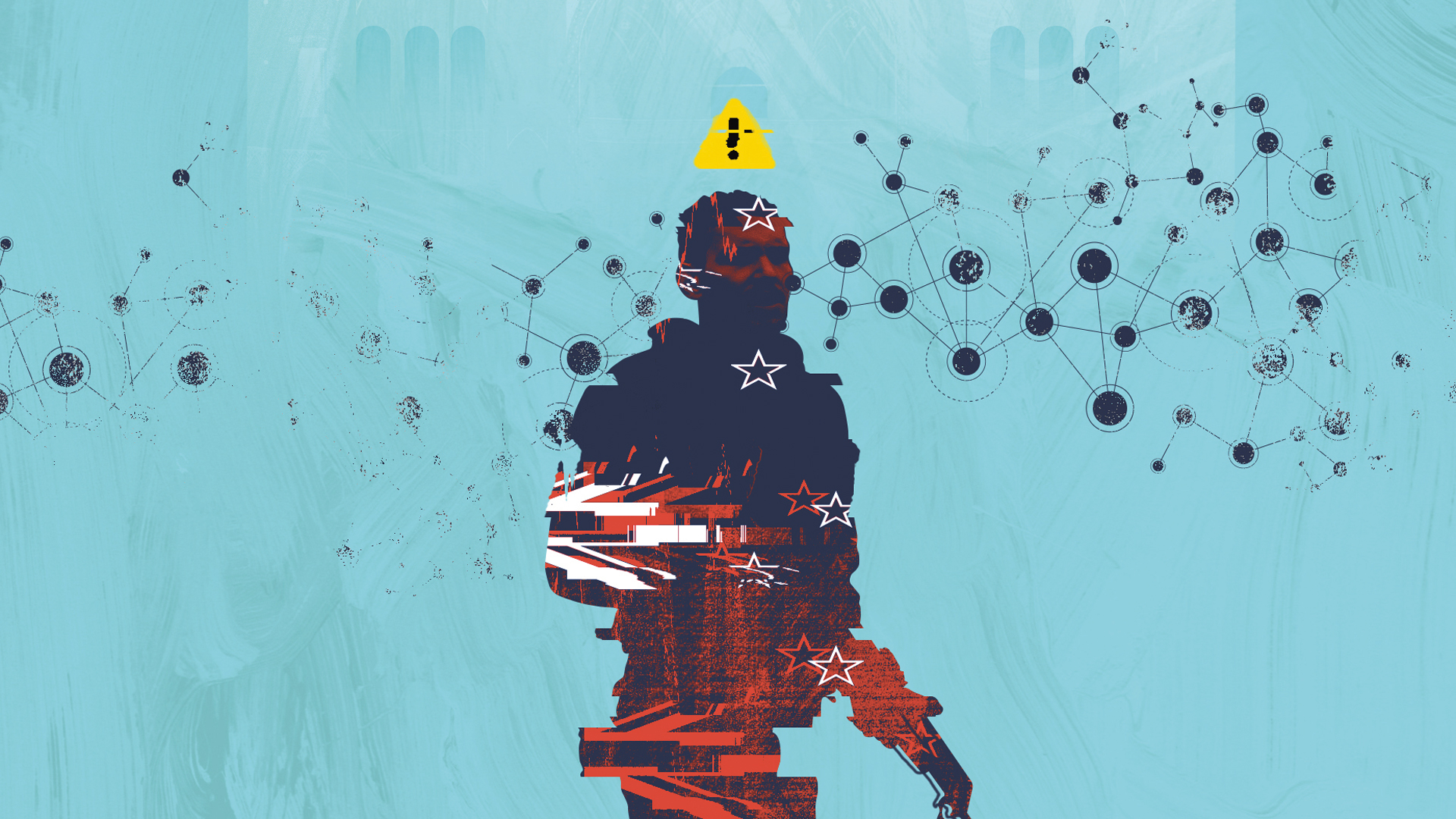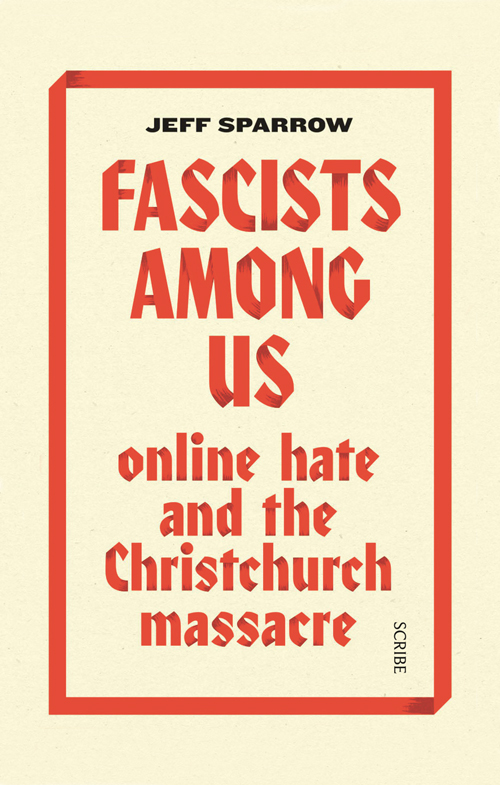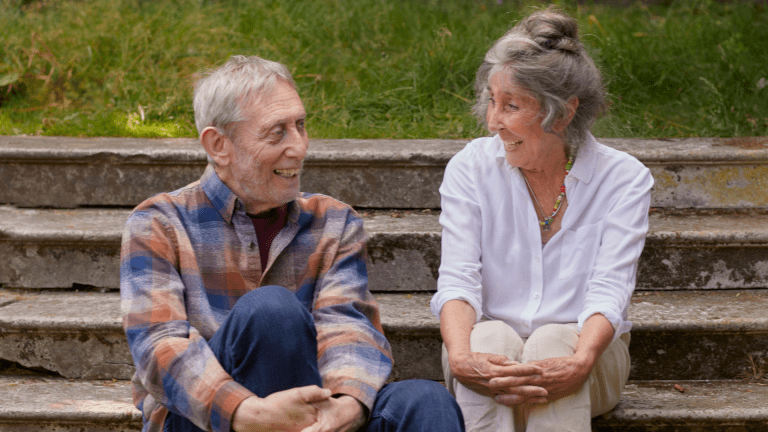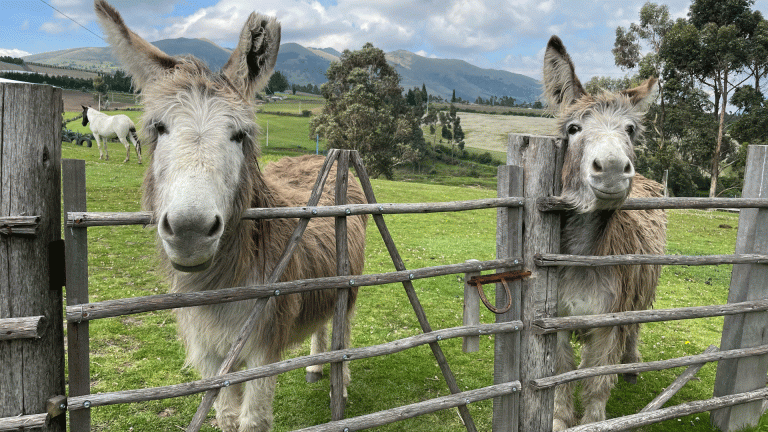In the manifesto published online before the murder of 51 people in two New Zealand mosques last year, the perpetrator of the Christchurch massacre included a strange FAQ about his ideas.
“Are you a fascist?” he asked rhetorically. “Yes,” he answered himself. “For once, the person that will be called a fascist is an actual fascist. I am sure the journalists will love that.”
As soon as I read that passage, I knew I wanted to write a book. For, in fact, most journalists didn’t “love” his confession. It was far more common to read media descriptions of the perpetrator as an ‘extremist’, ‘radical’ or ‘anti-Muslim activist’ than a ‘fascist’.
He has established, it seems to me, a durable model for self-replicating terrorism, a pattern that we should expect to repeat, including here in the UK
In some ways, that was understandable. Immediately after the killings, New Zealand prime minister Jacinda Ardern pledged never to say the perpetrator’s name. Many commentators thought that his manifesto, like the footage of his murders, should be ignored, not dignified by study. I disagreed, partly because the perpetrator’s writing offered a window into an ‘actual fascism’ usually hedged behind layers of irony.
In his first courtroom appearance after the killings, the alleged perpetrator posed for the cameras with his shackled hand making the ‘OK’ symbol. At one stage, internet trolls had tried to prank anti-racists by claiming (falsely) the common gesture represented ‘white power’. Later, fascists began themselves using the sign, deploying it simultaneously as a joke and as a real emblem of hatred.
It was typical of the strategy that allowed far-right ideas to spread from sites like 4chan and 8chan, where a humour based on supposedly apolitical transgression helped normalise fascist memes.










